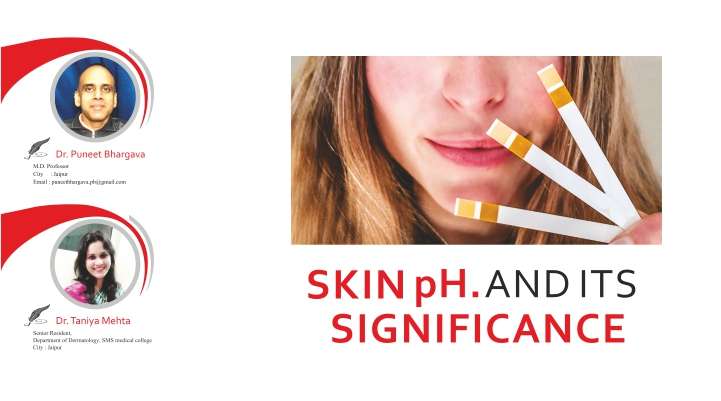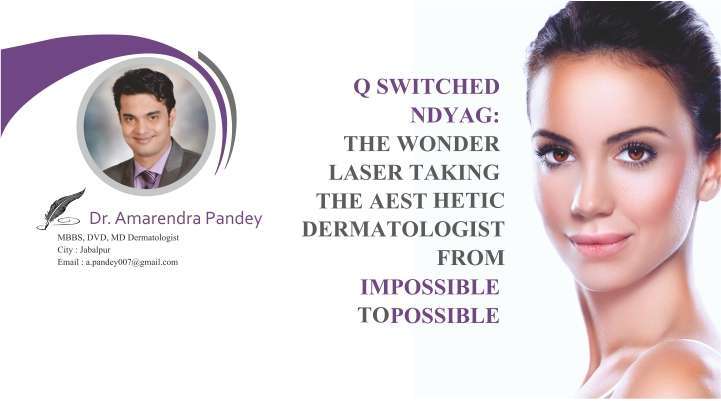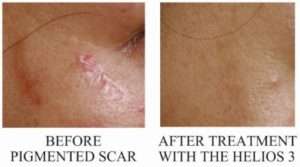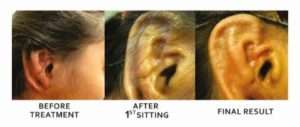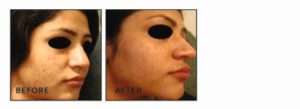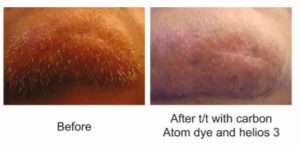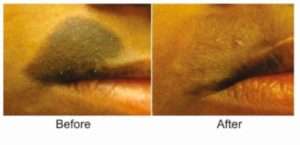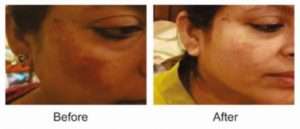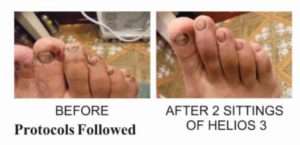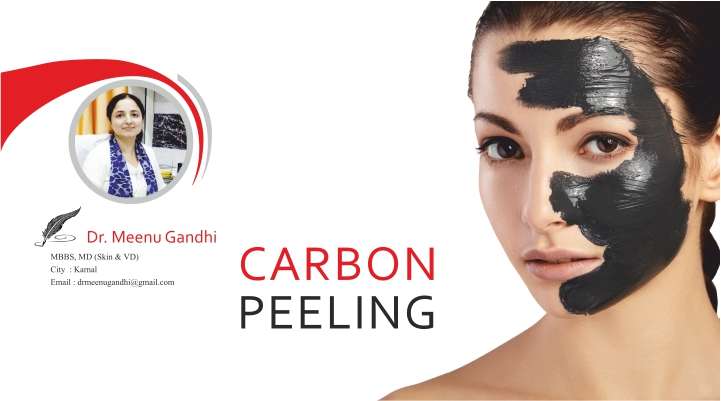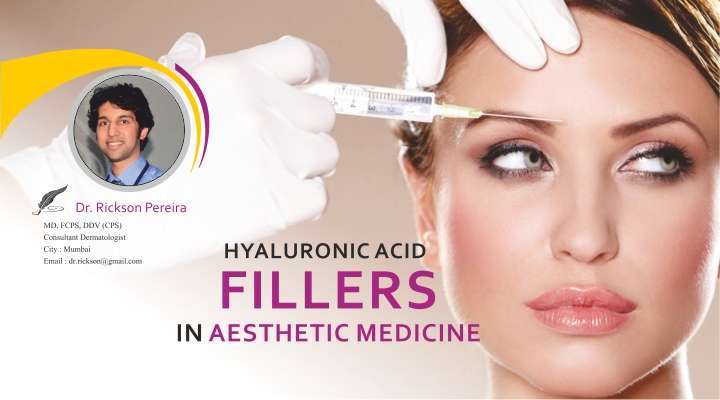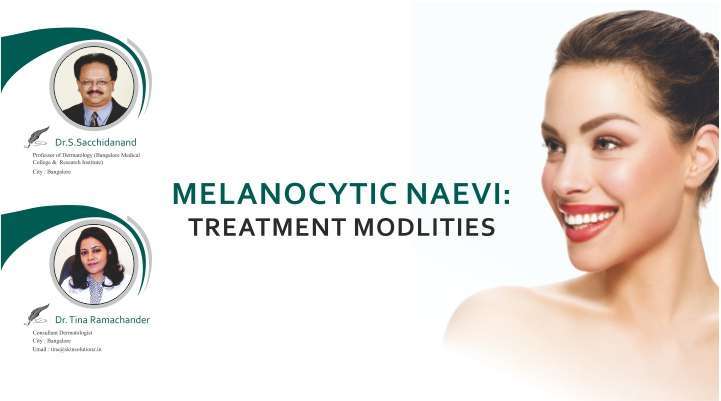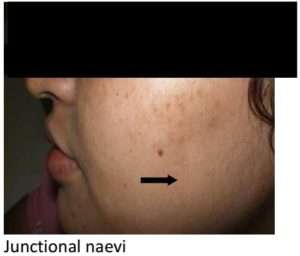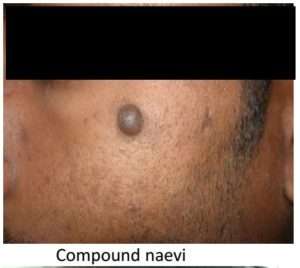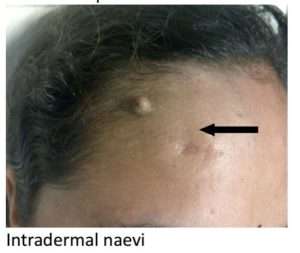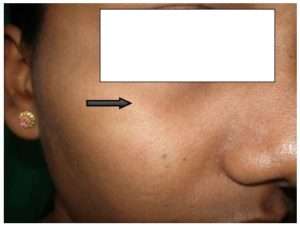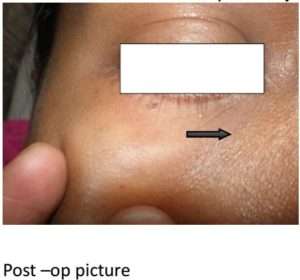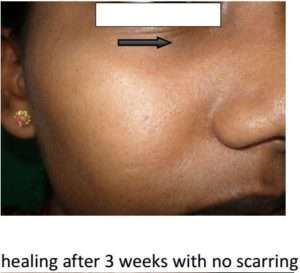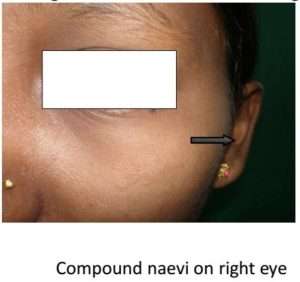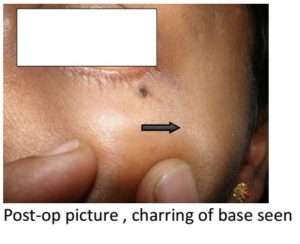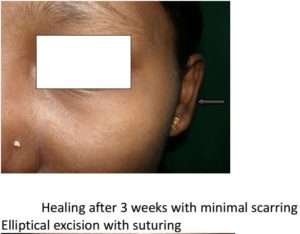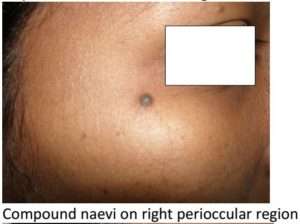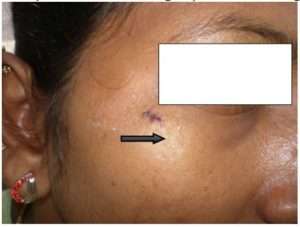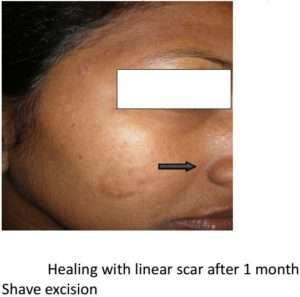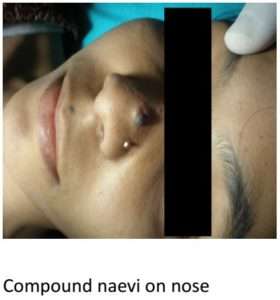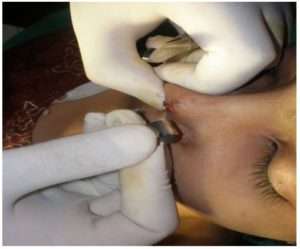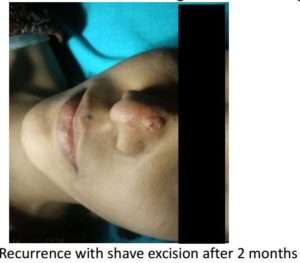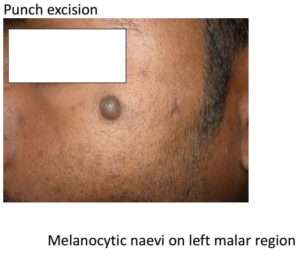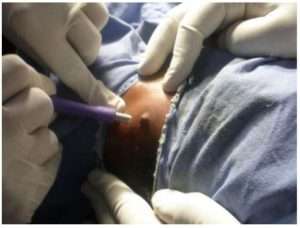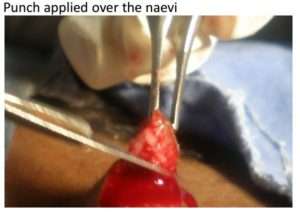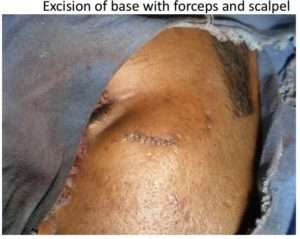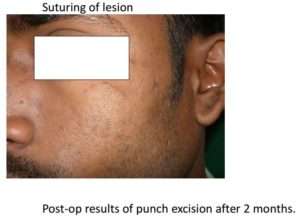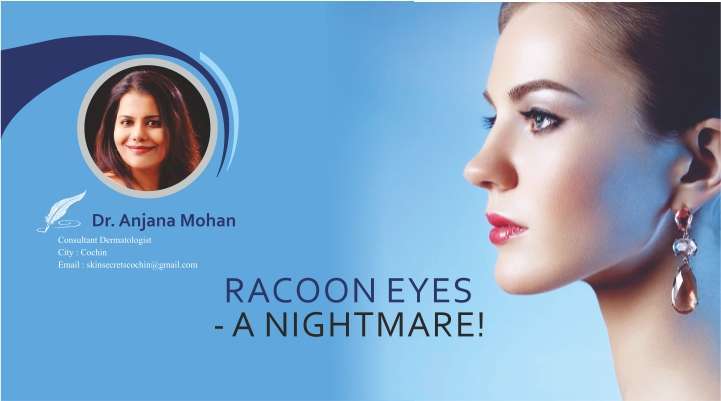Skin is the first line of defence of our body against any sort of insult. Its functions range from protective, immunomodulatory, thermoregulatory to aesthetic as well. By far barrier function of the skin is of most significance. Skin acts as a great physical barrier to outside damage. The barrier function of the skin is controlled by its pH levels, skin elasticity, transepidermal water loss, sebum and melanin levels. The importance of skin pH is stressed upon by us in this article. pH of a solution determines its acidity or basicity. Numerically it is negative of the base 10 logarithm of hydrogen ions, measured in units of moles per litre. Normal skin surface pH varies between 4 to 6.5 in healthy people with an average of 5.5. There have been studies contradicting it and stressing that ideal skin pH tends to be around 5. Variations in pH occurs between gender and even different body parts. Diurnal, seasonal and occupational variations are also seen. Changes can be seen in pH levels on surface applications, exposure to different environments and with aging.
Skin surface pH is maintained by its so called acid mantle, a fine film of sebum, sweat and other skin secretions and is very important for skin’s barrier function as well as decreased permeability to polar compounds. Studies have indicated that Phospholipase A2 plays an important role in formation of the acid mantle. Major components of acid mantle are lactic acid, urocanic acid, carboxylic acid from sweat and keratinocytes and lipids from sebum. Between them a healthy acid mantle is maintained which acts as a formidable barrier against diseases, chemicals and pollutants. It maintains structural integrity, barrier and homeostasis.
Variations in skin pH and its importance:
Intrinsic Factors:
Age: Newborn babies tend to have higher pH that normalises in the first few days. Aging is associated with decreased sebum levels, xerosis and elevation in skin pH maybe due to decreased ceramides. Hence elderly patients have higher incidence of xerotic eczema and decreased skin barrier function. Penetration of drugs and other extraneous substances also increase.
Gender: A few studies have cited lower skin pH in females but a large Chinese study on biophysical parameters of skin did not show any significant differences.
Body Topography: Skin pH tends to vary between different body parts. pH of genital skin in elderly shows higher levels, facial skin and skin of extensor surface in infants also show higher pH, even if it is minor.
Genetic: Diseases with impaired barrier function like atopic dermatitis (AD) are suspected to have altered pH but more studies are needed in this direction.
Extrinsic Factors
Diurnal variation: Diurnal changes were seen in transepidermal water loss, sebum secretion and capacitance and skin pH. It tends to be more basic in early morning.
Seasonal variation: A Japanese study has shown decrease in skin pH in July as compared to January, April or October even though the change was insignificant.
Occupational: Measurement of skin pH pre and post-shift in factory settings especially chemical based, showed significant pH alterations.
Chemical application: Application of soaps and detergents, as well as many cosmeceuticals can lead to alterations in skin pH.
Occlusion: use of occlusive products like diapers causes elevation in pH and its consequences.
Drugs: Drugs like diuretics and oral contraceptives change the sweat concentration or sebum levels, thereby altering the skin pH.
Diseases: Skin surface pH has shown lower values in skin of patients with diabetes mellitus and is negatively correlated to glycemic index. Other diseases like eczema, acne, AD and contact dermatitis show pH variations.
Measurement of Skin pH:
At home, basic pH test strips can be used to measure skin pH. Colour coded scales are available on the strip to assess the pH. Darker the colour, more the pH is in alkaline range and vice versa. Instantly checking pencil kits are also available to check surface pH.
Skin pH levels can be measured by using a pH meter. Guidelines on ideally measuring skin surface pH have been formed in the 5th International conference on Occupational and Environmental Exposure of skin to chemicals. The meter involves a glass H+ sensitive electrode and a reference electrode in a single chamber connected to a voltage meter. It is a very quick and reliable method to measure the pH in a clinical as well as non-clinical setting. Probe is planar and gives single decimal results for easy reading. Interface of distilled water is used for optimum measurements. The commercially available glass pH meters are:
- pH meter 1140 (Mettler Toledo)
- skin pH meter 900 or 905( Courage and Khazaka)
- Russell ph limited
- pH meter, Denmark.
pH and its Clinical Significance
Atopic dermatitis: Changes are seen in skin pH in patients of AD. It is believed that patients with AD have decreased secretion of urocanic acid, lactic etc, and impaired lipid synthesis leading to elevated pH, further impairing the barrier function. Loss of function mutations in filaggrin lead to decrease in phospholipase and polycarboxylic acid levels leading to loss of buffering system, hence causing elevated pH in atopic patients. Elevated pH leads to decreased ceramide levels and increases predisposition to Staphylococcal infections which favour a more basic mileu. In atopic patients elevated pH is found all over the body especially lesional skin. Infants show elevated pH on cheeks, a common site for AD lesions in that age group.
Dry Skin and Eczema:
Eczematous and xerotic areas tend to have elevated pH which leads to impaired barrier, added infections and increased skin sensitivity.
Diabetes Mellitus:
DM is a disease in which pH measurements have shown conflicting results. A study showed decrease in pH in type 1 DM and correlating with high glycemic index. Researches have also shown decrease in pH levels in skin of diabetics, especially in intertriginous areas. This may be attributed to autonomic dysfunction causing impaired sweat secretion and low phospholipase levels. Elevated pH maybe the cause of increase in Staphylococcal and candidial infections in diabetics. Candida sp. shifts into hyphal form at basic pH which is pathogenic form, thereby leaqding to candidial intertrigo in diabetics. Skin in these patients tends to be dry, xerotic and also prone to eczematous dermatitis.
Acne
Elevation in skin pH predisposes to acne. Low lactic acid levels and increased pH impairs the barrier function and favors multiplication of Proponibacterium acnes. Studies have been done supporting the above hypothesis. Excessive and repeated washing of face strips away the seboprotective layer too. The use of alpha and beta hydroxy cleansers in acne patients helps maintain an acidic pH.
Soaps, Cleansers and Detergents:
Soaps and cleansers can be categorised as acidic and basic or neutral pH category. Basic and neutral cleansers and soaps can make skin pH alkaline and predispose to its aftereffects as discussed above. Most soaps have a pH within the range of 9-10 and shampoos have a pH between 6-7. The soaps and shampoos used commonly have a pH outside the range of normal skin and hair pH values. Therefore due consideration should be given to the pH factor before prescribing soaps in patients with acne prone or sensitive skin. A single wash by an alkaline soap can shift the pH to the range of 6 to 7 and can take 10-12 hours to revert to normal. Repeated and aggravated washing can further worsen the situation by stripping the sebum from skin surface. Use of mildly acidic, sodium laureth sulphate free cleansers should be advocated in such patients. Similarly in patients with sensitive and irritated skin neutral pH cleansers should be advocated to prevent further aggravation.
Diet and Skin pH
Recent emphasis is on an alkaline diet to improve bone health, muscle growth, Vitamin D levels and overall health of our body. But our skin requires an acidic pH which cannot be maintained by a diet rich in acidic foods. Stressing on neutral and acidic skin applications and washes and maintaining cutaneous hydration can go a long way in maintaining a desired cutaneous pH.
Suggested Readings:
- Firooz A, Zartab H, Sadr B, et al. Daytime Changes of Skin Biophysical Characteristics: A Study of Hydration, Transepidermal Water Loss, pH, Sebum, Elasticity, Erythema, and Color Index on Middle Eastern Skin. Indian Journal of Dermatology. 2016;61(6):700. doi:10.4103/0019-5154.193707.
- Stefaniak AB, du Plessis J, John SM, et al. International guidelines for the in vivoassessment of skin properties in non-clinical settings: part 1. pH. Skin Research and Technology. 2013;19(2):59-68. doi:10.1111/srt.12016.
- Rippke F1, Schreiner V, Doering T, Maibach HI. Stratum corneum pH in atopic dermatitis: impact on skin barrier function and colonization with Staphylococcus Aureus.Am J Clin Dermatol. 2004;5(4):217-23.
- Tyebkhan G. A study on the pH of commonly used soaps/cleansers available in the Indian market. Indian J Dermatol Venereol Leprol 2001;67:290-1
*-*-*

